The first quarter saw a 183% increase in Distributed Denial of Service (DDoS) attacks in the MENA region, with the energy sector experiencing a 206% rise.These attacks often exploit remote access vulnerabilities to disrupt services.
Transforming Operational Technology With Secure, Simplified Remote Access
Tak to usIntroduction
Almost a decade ago, enterprises across industries realized the need to converge traditional OT (Operational Technology) systems like assembly lines, machines and devices with the digital intelligence of IT (Information Technology) to boost agility and operational e ciency and reduce costs. Today, the convergence of IT and OT has almost become inevitable, with 70-80% of industrial organizations already invested in connecting IT and OT systems as part of their cyber physical ecosystem.
While IT encompasses creating and managing enterprise apps and data, OT is about developing and managing physical equipment in
the industry. Let’s understand the di erence between IT and OT to see how their convergence helps businesses.
What is Secure Remote Access (SRA)
SRA enables users to access OT machines, tools, systems, and software remotely or without being physically present in the industrial unit or space in a secure manner. While remote access emerged several decades ago, it gained momentum during the pandemic when remote working became a mandate worldwide
Why is Secure Remote Access for OT Systems Crucial?
Organizations need secure remote access as an essential requirement that stands against the demanding security threats of modern times. Secure remote access has become necessary due to the rise in cyber threats and IT/OT convergence.
Rise in cyber threats
It is estimated that 80% of OT leaders have experienced one security breach in the past three years. 1 in 4 organizations had to shut down operations due to an attack. These figures highlight that the next cyber-attack is always round the corner. A single breach or attack can shut down production or paralyze critical infrastructure like energy and water supply, posing larger security threats to nations and populations
Convergence of IT and OT
While the convergence of OT with IT provides significant benefits, it also can cause additional security vulnerabilities. IT has emerged as the main attack vector, with 72% of attacks originating from there. Attackers can use an unsecured Remote Desktop Protocol (RDP) connection in IT infrastructure to launch attacks which enable them to reach OT networks.
Operational effciency
The secure implementation of remote access provides real-time capabilities for assessing and maintaining OT systems while saving time and cost. Engineers do not have to travel to physically check OT devices or systems in case of any issues or for upgrades. SRA enables them to access and fix issues in real time, reducing downtime and travel costs.
Regulatory compliance
Enterprises must follow cybersecurity standards and guidelines like IEC 62443, NERC CIP, and NIST SP 800-82. These standards mandate strong access controls not limited to just secure remote access, but PAM (Privileged Access Management) and MFA (Multi-Factor Authentication) to prevent unauthorized access and protect industrial systems from cyber threats. Implementing
PAM and MFA also helps meet the IEC 62443-3-3 SR 1.1 to SR 1.4 requirements, which focus on user authentication and access control.
From Triton to Fuel Disruptions: Middle East OT Cyberattacks Linked to Remote Access Weaknesses
Operational Technology (OT) environments in the Middle East have increasingly become targets of cyberattacks exploiting remote access vulnerabilities. These attacks often aim to disrupt critical infrastructure, including energy, transportation, and industrial sectors. Below are notable incidents illustrating this trend.
2024 – Surge in DDoS Attacks:

October 2021 – Fuel Distribution Disruption:
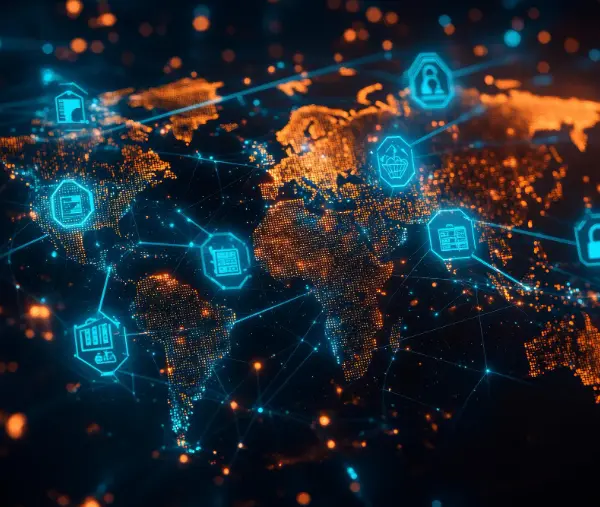
A cyberattack crippled Iran’s fuel distribution network, rendering 4,300 gas stations inoperative.The attackers manipulated digital billboards to display messages like “Khamenei! Where is our fuel?” A group named “Predatory Sparrow” claimed responsibility, suggesting the attack exploited remote access points within the semi-isolated National Information Network.
2017 – Triton Malware Incident:

A Saudi petrochemical plant was targeted by the Triton malware, designed to disable safety instrumented systems. The attack exploited vulnerabilities in remote access protocols, posing risks of catastrophic industrial accidents.
2012 – Shamoon Virus Attack:
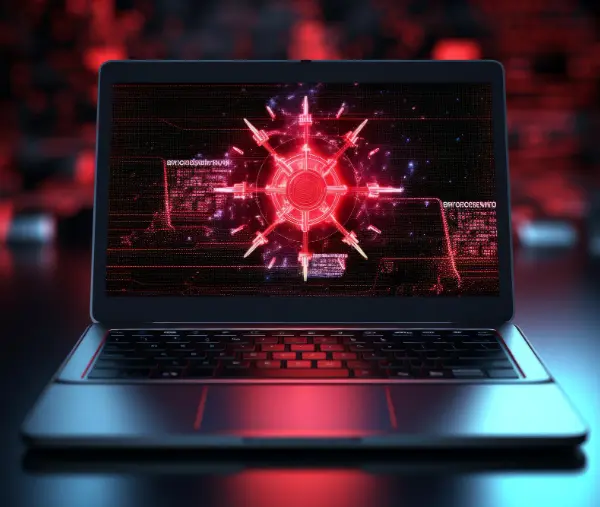
Saudi Petroleum and Natural gas company su ered a massive cyberattack that wiped data from over 30,000 computers. The breach originated from a phishing email, highlighting the dangers of unsecured remote access and insucient network segmentation.
As OT environments across the Middle East become more connected, securing remote access is no longer optional—it’s a critical line of defense against increasingly sophisticated cyber threats targeting national infrastructure.
Challenges in Securing Remote Access to OT Systems
Establishing remote access security for operational technology systems creates multiple barriers for organizations. Organizations’ major deployment obstacles during OT security are legacy systems, insu cient visibility, bad authentication protocols, and inadequate network partitions.
Legacy systems :
Several industrial facilities use outdated operating systems like Windows XP, which do not support default software patches. In addition, almost 79% of organizations have more than two non-enterprise-grade tools installed on OT network devices. This can elevate security risk levels significantly as many of these tools lack basic privileged access management capabilities such as
session recording, auditing, role-based access controls, and even basic security features such as multi-factor authentication (MFA). It can also lead to increased operational costs that stem from managing so many solutions.
Lack of visiblity
Organizations find detecting unauthorized entry to remote sessions and external threats within their operations di cult without real-time monitoring capabilities.
Weak authentication
Use of shared credentials for the plant, lack of Multi-Factor Authentication (MFA), and poor identity management increase the risk of unauthorized access.
Flat network architectures
Insu cient network segregation lets cyber attackers navigate between di erent parts of the system after initial access, which enables them to access valuable assets.
Technologies for Securing Remote Access
Several technologies, like PAM, ZTA and MFA, can be used to improve better access management of OT systems.
Privileged Access Management (PAM)

- Processes and systems to manage privileged user access permissions to reduce security risks
- Provides detailed logs and access reports to verify that only authorized personnel have accessed the OT systems.
Zero Trust Architecture (ZTA)
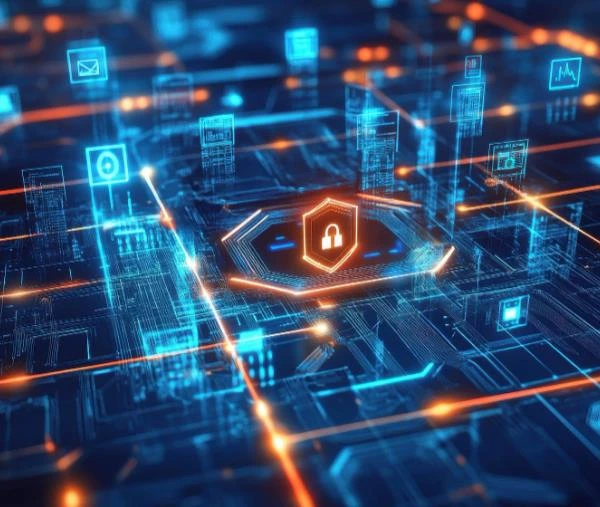
- The system functions with the core philosophy of not trusting any user or device by default, whether the user or device is
from within a network perimeter or outside. - Every access request needs authentication with authorization before the system grants permission for entry.
Zero Trust Architecture (ZTA)

- Remote access solutions are designed to enable secure, controlled, and monitored access to operational technology
(OT) environments. These solutions address the unique challenges of industrial networks by enforcing granular access
controls, session monitoring, multi-factor authentication, and detailed auditing to ensure that only authorized personnel can connect to critical assets. By reducing the attack surface and eliminating the need for traditional VPNs, they help
prevent unauthorized access and improve compliance with industry regulations, while supporting vendor and third-
party maintenance activities without compromising security
Multi-Factor Authentication (MFA)
- Multiple authentication factors such as passwords, tokens and biometrics measures are used to minimize unauthorized access vulnerabilities
Best Practices for Designing a Secure Remote Access Solution
Developing secure remote access requires organizations to investigate multiple elements carefully. Using the best practices enables organizations to protect their operations in OT
Network segmentation and DMZs :
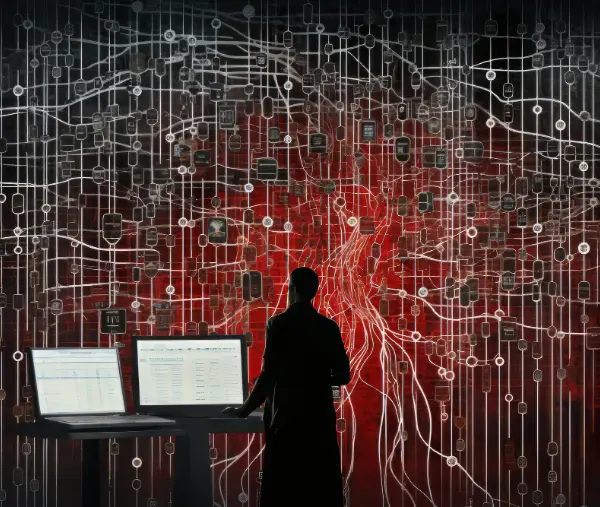
- IT network segregation through demilitarized zones (DMZs) should be used to separate OT networks, which reduces their vulnerability to attacks.
Strong authentication :
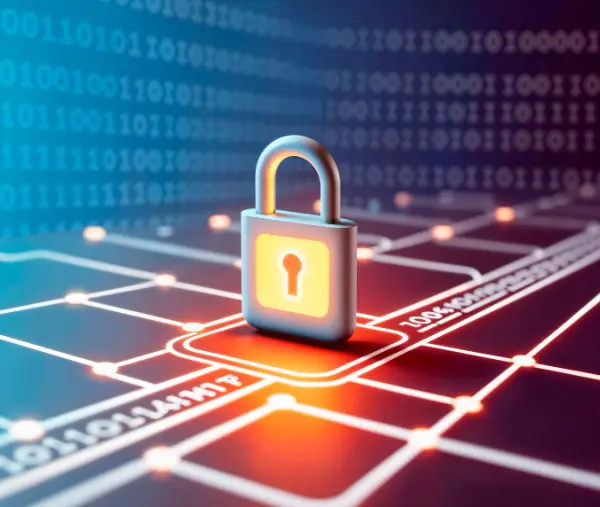
- MFA should be deployed through biometric, smartcard or token-based methods to authorize entry for personnel with proper
authorization.
End-to-end encryption:

- Encryption of all communications through SSL/TLS and IPSec protocols ensures data integrity during transmission,
eliminating any risk of unauthorized access to data and credentials.
Continuous monitoring:

- Users accessing remote networks should be monitored continuously through real-time system tracking with auditable
logs that assist in detecting abnormal activities promptly.
Least privilege access control:

- The access privileges for users should adapt to their job roles through role-based or attribute-based controls, which
reduces potential security risks.
Session control and timeout policies:

- Implement session controls to limit how long a remote access session can stay active. Automatic timeouts help
prevent unauthorized use if a session is left unattended.
Shared credential monitoring and policies:

- Discourage the use of shared credentials. If shared credentials are necessary, track and monitor their use closely, with
clear policies outlining acceptable use.
Audit and compliance tracking :
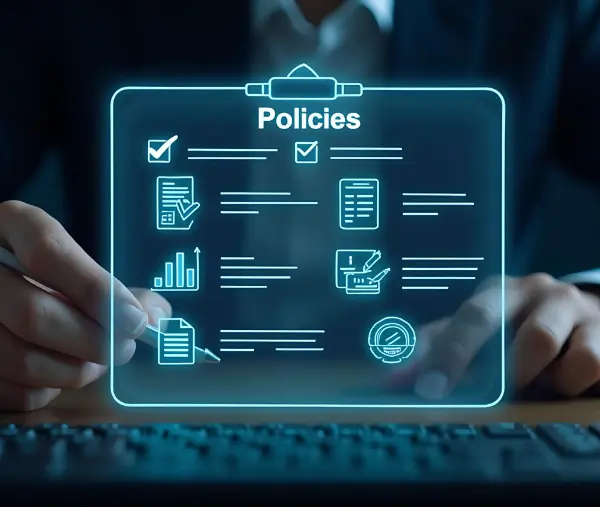
- Regularly audit remote access activity and security policies. Compliance reviews help ensure security measures stay
active and adapt to new threats.
Minimize downtime with resilient access policies:

- Design remote access policies that allow for flexibility and minimal downtime, even during security reviews or incidents. This helps maintain productivity while keeping security tight.
Effortlessly Secure Your OT Systems with Paramount Assure
While secure remote access in OT can be fraught with complexities, enterprises understand that OT systems can no longer stay isolated. Hence, the focus must now be on adopting security models that can help overcome these challenges, ensure compliance and equate remote access to secure remote access. As industrial enterprises modernize, secure remote access is no longer optional—it’s foundational. By integrating robust identity management, adopting Zero Trust principles, and leveraging AI-powered monitoring, organizations can embrace remote operations without compromising on security.
Towards this end, Paramount provides complete OT security assessment services for enterprises including manufacturing, energy, utilities, transportation, smart cities and healthcare, to name a few.
Paramount provides
Paramount provides Full-suite services to help enterprise owners build a secure and resilient organization A robust security model that complies with industry standards and regulations.
Solutions that can retrofit legacy systems to support modern security and identity authentication protocols .
An in-house SOC for real-time threat detection and incident response, ensuring complete protection of critical assets in an
ever-evolving threat landscape.
To learn more about how to design a remote access model for your unique needs,
